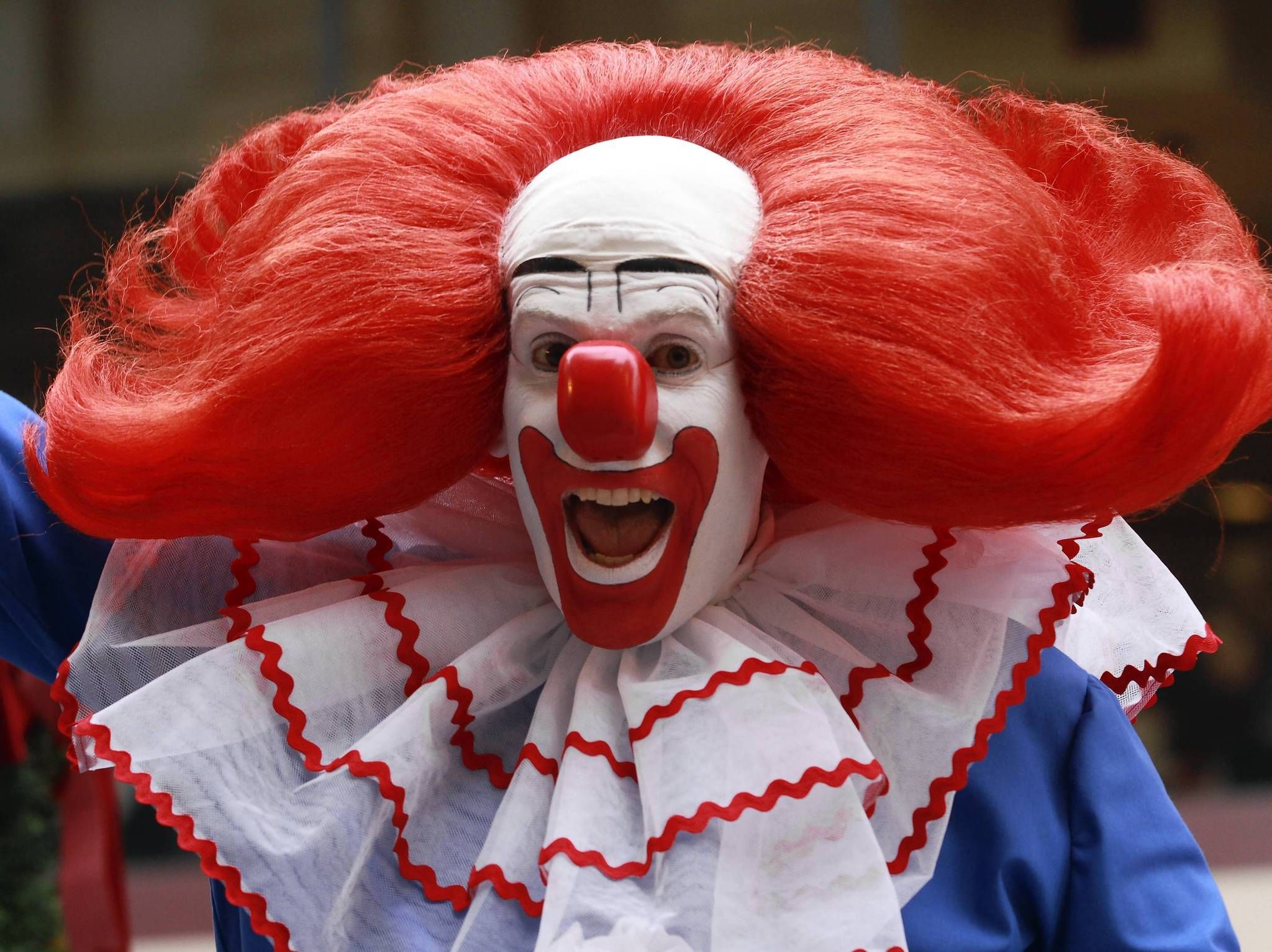Bozo the Clown, an icon of American pop culture, embodies a fascinating dichotomy: a figure of joyous laughter juxtaposed with a complex reality. Created originally by Alan W. Livingston in the 1940s, Bozo was born out of a desire to entertain children through radio. Yet, this character would later transcend mere entertainment, evolving into a robust franchise that included television shows, toys, and merchandise. Exploring the life of Bozo the Clown reveals how he encapsulated the cultural sentiments of his time, reflecting both innocence and societal complexities.
In the nascent years of his creation, Bozo emerged at a time when post-war America yearned for levity. His whimsical demeanor, punctuated by vibrant colors, oversized shoes, and a distinctive red wig, captured imaginations. This larger-than-life persona promised a form of escapism for a generation facing the shadows of the Great Depression and global conflict. With his exaggerated expressions and engaging antics, Bozo represented not only a source of laughter but also an emotional balm. Parents viewed him as a benign figure in contrast to the impending realities of adulthood their children would one day encounter.
As television burgeoned in the mid-20th century, Bozo seamlessly transitioned into the new medium. With characters like Bozo being portrayed by several actors, including the notably charismatic Bob Bell, his show gained immense popularity. The program was a kaleidoscope of entertainment; children became enraptured by skits, magic tricks, and interactive segments. However, beneath the surface of this cheerful facade lay an entity deeply concerned about connection and community, a reflection of the societal fabric that Bozo both entertained and critiqued.
Beyond mere entertainment, Bozo’s narrative illustrates the complexities within American culture. As children cheered and laughed, adults engaged in the perennial debate of clowns—were they deeply comic figures or harbingers of unease? The clown as a symbol stirs curiosity, beckoning a contemplation of identity and societal roles. The cheerful mask conceals a darker history; the “clown” has often been tethered to themes of fear and alienation. This duality adds layers to Bozo’s story, prompting a reconsideration of what these archetypes represent in a whimsical yet serious world.
The legacy of Bozo the Clown transcends generations, sparking nostalgia and new interpretations alike. His image has metamorphosed across different mediums, lending itself to various adaptations in modern culture, ranging from children’s birthday parties to horror films. Ultimately, examining the life of Bozo is not merely an exploration of a clown; it is a journey through the intricate landscape of human emotion, societal reflection, and the enduring quest for joy in an often incomprehensible world.
